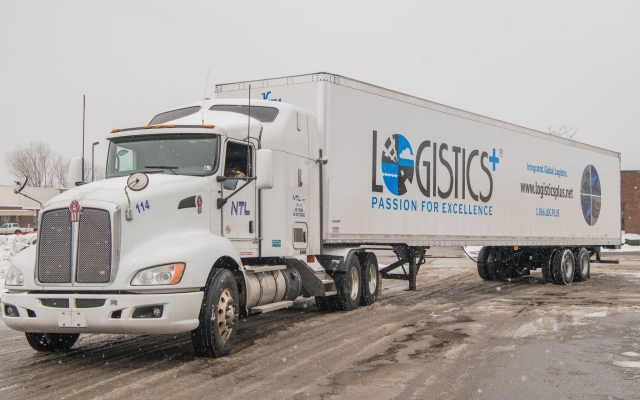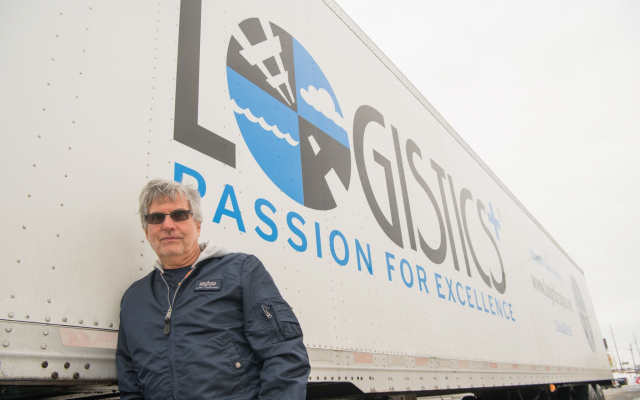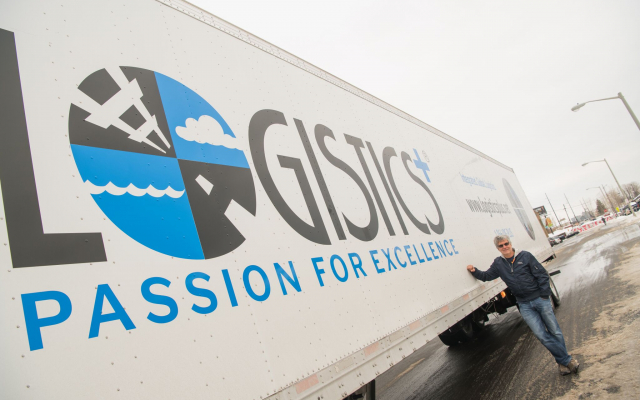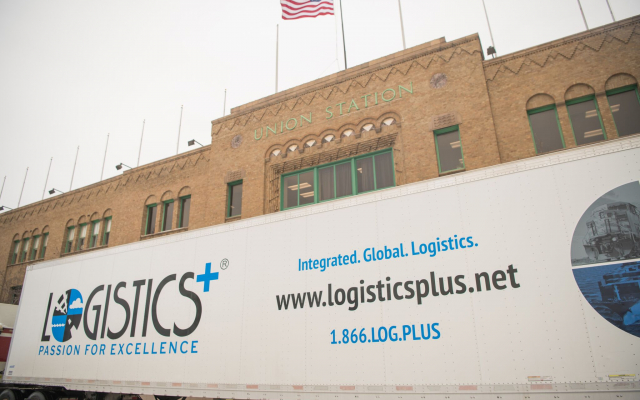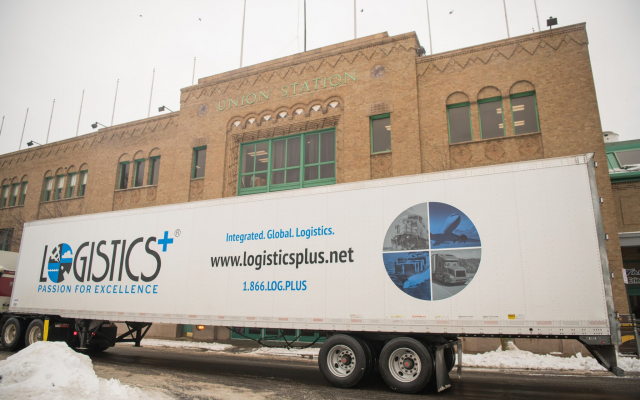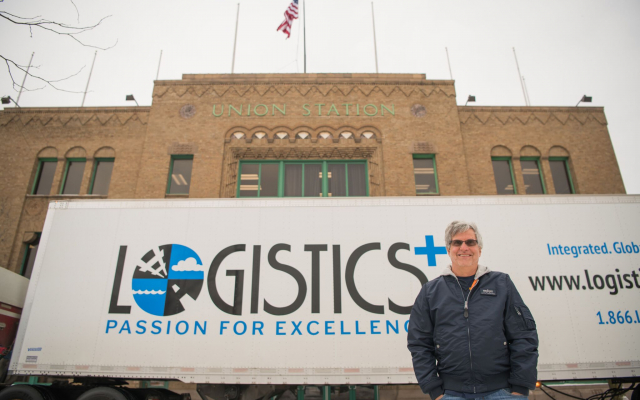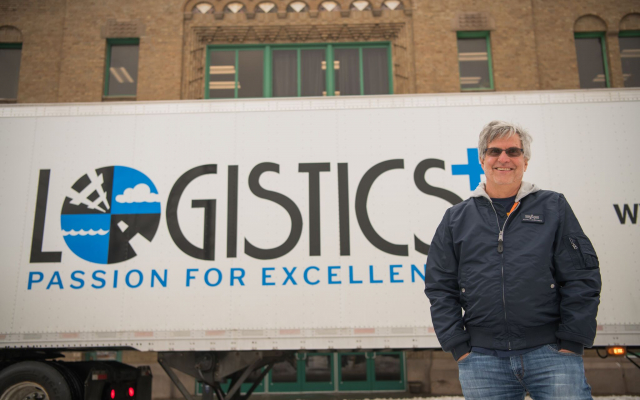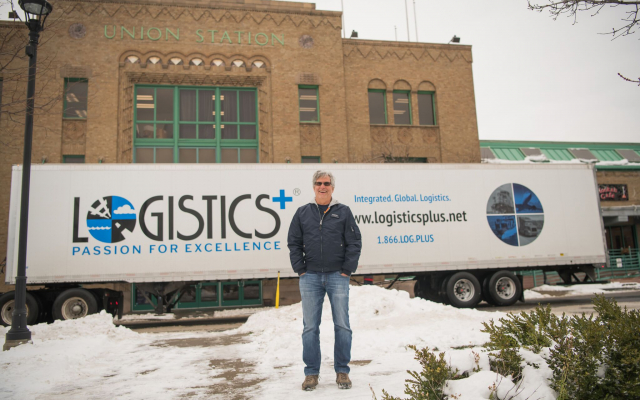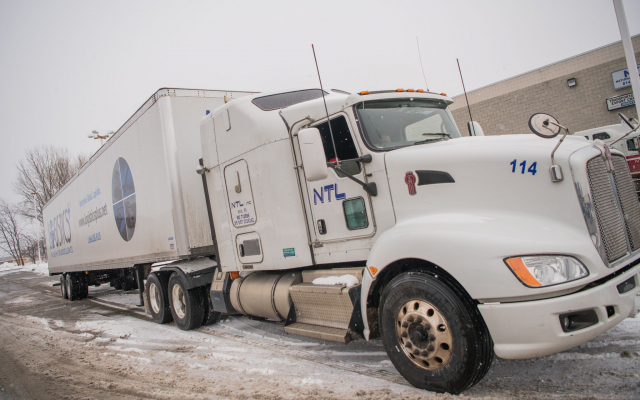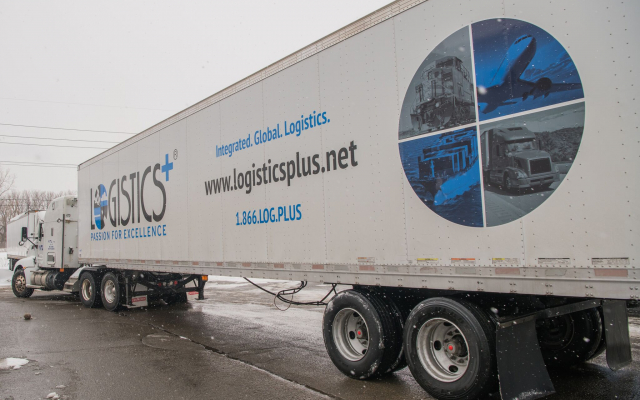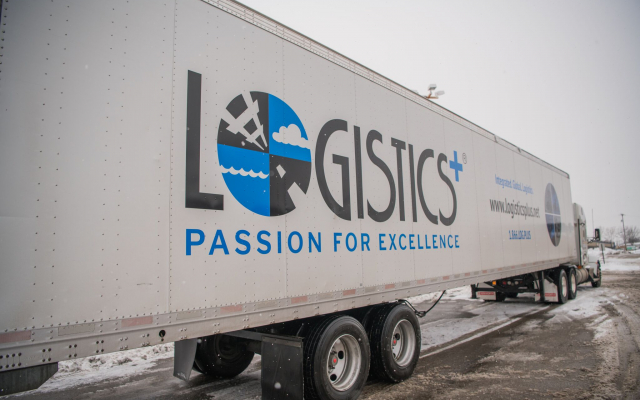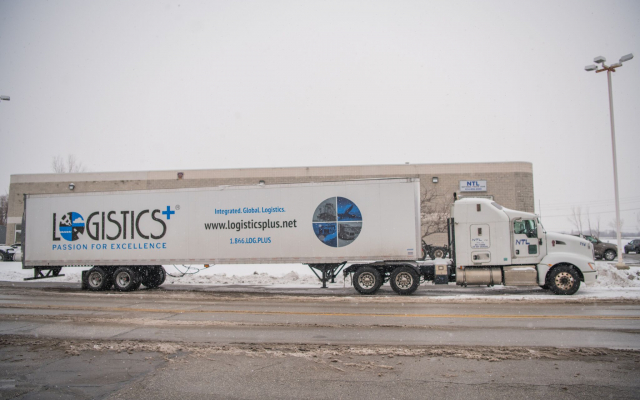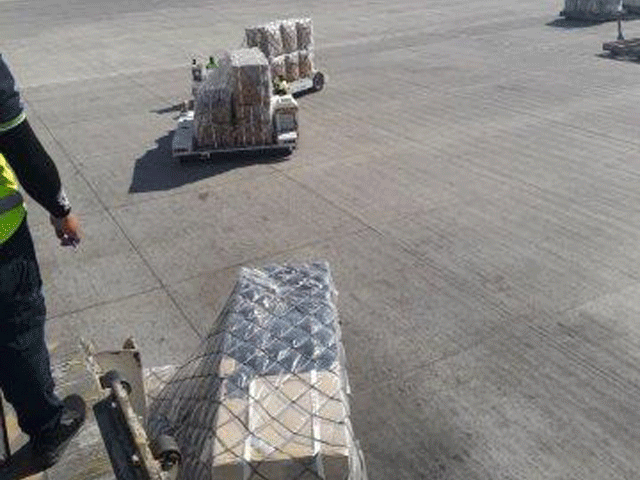
by logisticsplus | Dec 27, 2017 | News
The Logistics Plus Middle East & Africa team (LP Dubai, UAE) shared details on yet another successful project cargo assignment. Between December 3rd and December 18th, LP Dubai handled the following full air charter together with Imperial Logistics South Africa:

5 units of IL76
1 unit of Airbus 300
2 units of Boeing 777
Shipper: One of the largest manufacturers of PET preforms and closures
Receiver: South African bottling and distributing company
POL: 1) DWC airport and 2) Sharjah Airport
POD: Johannesburg, South Africa
Material: PET Preform
Total volume booked: 1104 pallets weighing 420 tons
Total volume needed rework: 227 pallets weighing 86 tons
LP Dubai scope:
- Ground operation of transportation, export clearance, labeling, rebooking, rework, loading into aircraft IL76 and Airbus300 which booked by South Africa partner Imperial Logistics
- Direct booking of the 2units Boeing 777, including the complete ground handling.
Each flight has it’s challenging story :
- aircraft load master bad loading plan result in cargoes offloaded
- aircraft encounter birds strike on the way to Dubai
- aircraft engine broke down
- Operation during the long weekend and public holidays
- production rushing to produce stock
- unexpected rains in Dubai
- last-minute cancellation of aircraft landing permit
- destination operator refused to release cargoes due to miss-communication, etc.
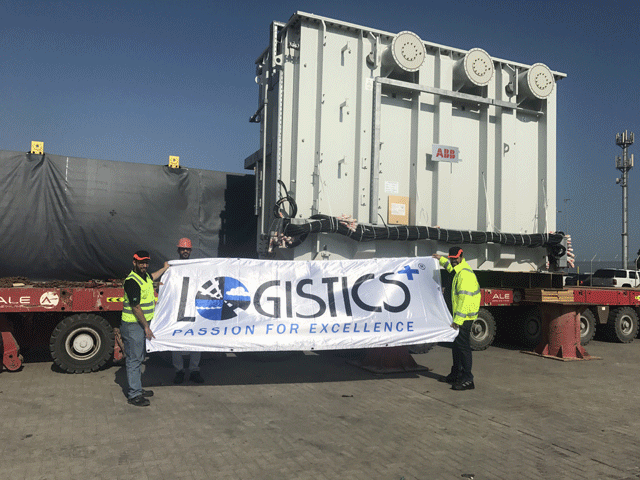
by logisticsplus | Dec 26, 2017 | News
 The Logistics Plus Middle East & Africa team would like to share a couple of cargo projects and related photographs they recently completed.
The Logistics Plus Middle East & Africa team would like to share a couple of cargo projects and related photographs they recently completed.
Project 1
Receiver: Alba, Bahrain
Material: 1 x 235MVA transformer + Accessories
Transformer weight: 113MT
Total Volume: 361cbm
Our scope: Direct receiving and handling, customs clearance, transport, and offloading on stools and beams at site

Project 2
Receiver: National Grid, Saudi Arabia
POD: Dammam, KSA
Material: 7 x 55MVA transformer + Accessories
Transformer weight: 55-60MT
Total Volume: ~1700cbm
Our scope: Direct receiving and handling, custom clearance, transport and offloading onto foundation by crane or jacking and skidding.
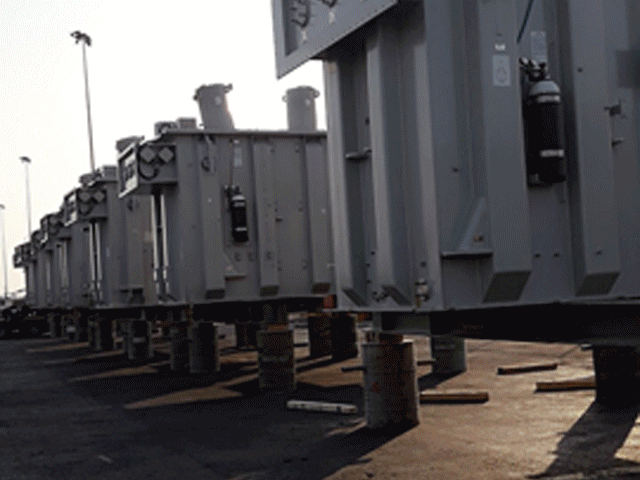
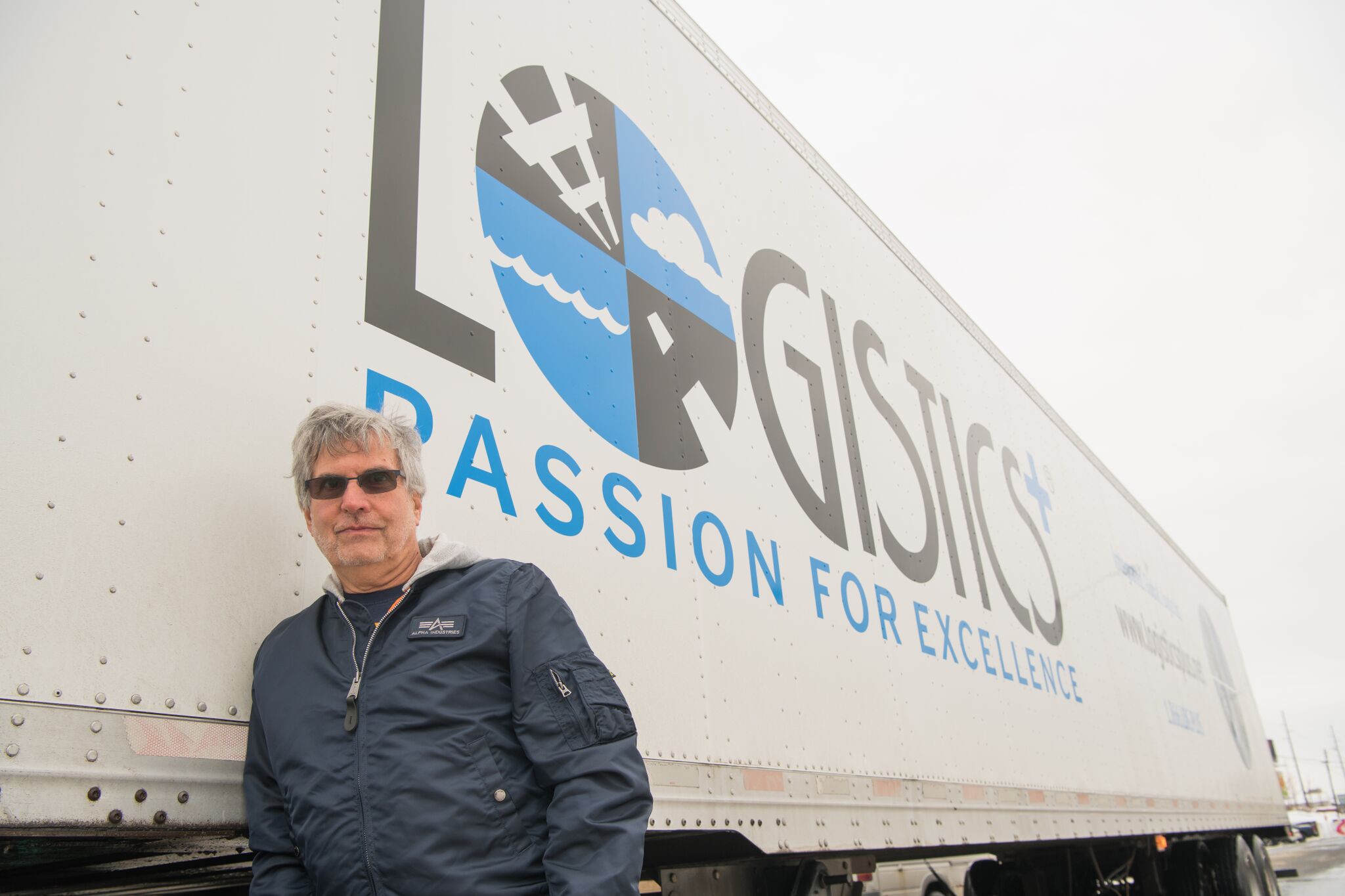
by logisticsplus | Dec 21, 2017 | News
 Check out this slide show with new photographs, taken by Rob Frank Photography, showcasing our newly branded Logistics Plus (LP) trailer (some with our founder and CEO, Jim Berlin). Although Logistics Plus is mostly a non-asset 3PL (no trucks), it does own an asset-based trucking division called National Truckload (NTL). As shown here, our new LP marketing trailer is being pulled by a new NTL Kenworth tractor. You know you’re in logistics when you get excited about a picture of a truck! 🙂
Check out this slide show with new photographs, taken by Rob Frank Photography, showcasing our newly branded Logistics Plus (LP) trailer (some with our founder and CEO, Jim Berlin). Although Logistics Plus is mostly a non-asset 3PL (no trucks), it does own an asset-based trucking division called National Truckload (NTL). As shown here, our new LP marketing trailer is being pulled by a new NTL Kenworth tractor. You know you’re in logistics when you get excited about a picture of a truck! 🙂
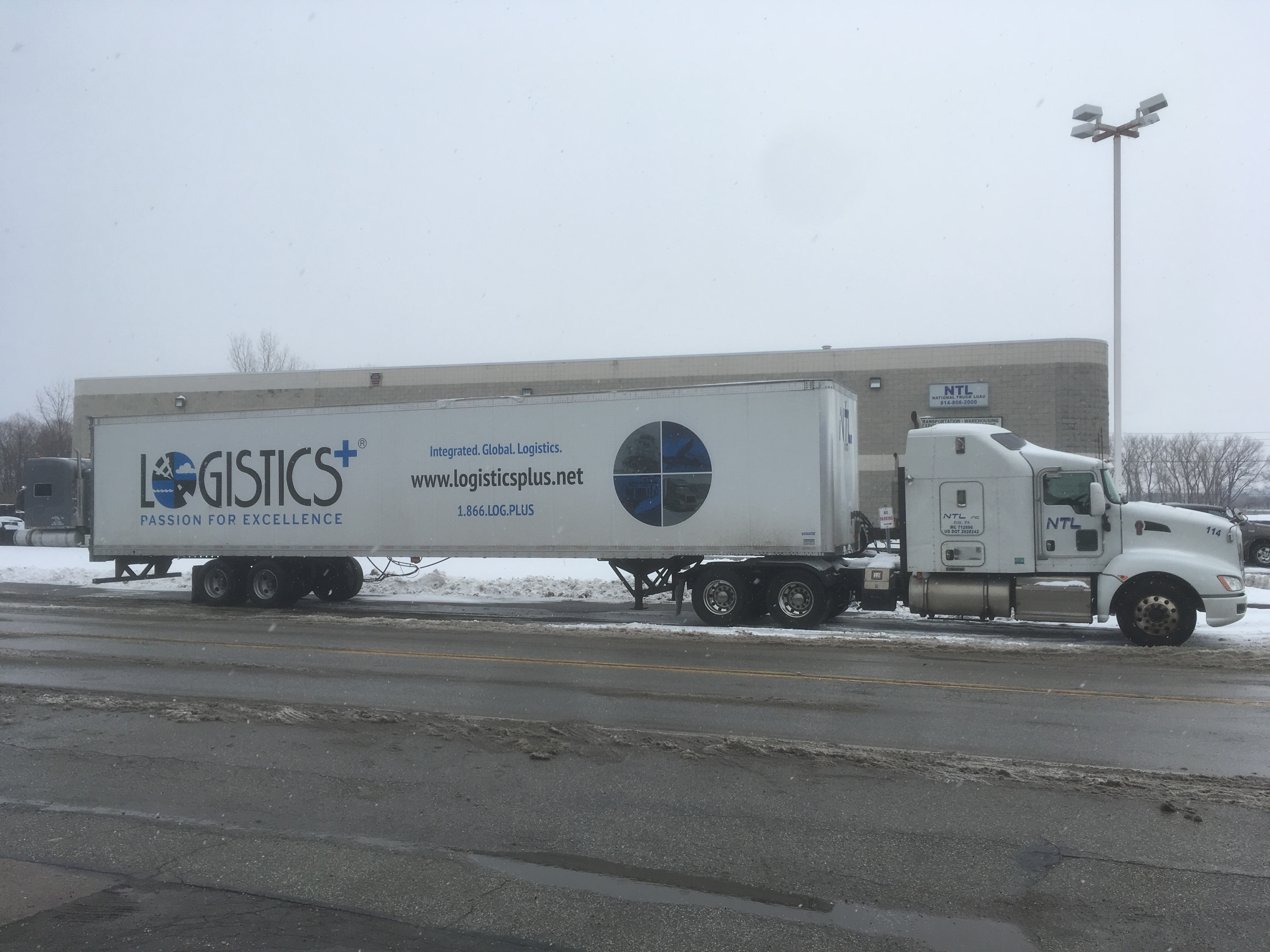
by logisticsplus | Dec 18, 2017 | News
Check out this short video clip showcasing a newly branded Logistics Plus (LP) trailer. The trailer is being pulled by a National Truckload (NTL) division tractor, of course. LP is the parent company to NTL (stay tuned, we have some new photographs on the way soon too).
www.logisticsplus.com | www.nationaltruckload.net

by logisticsplus | Dec 13, 2017 | News
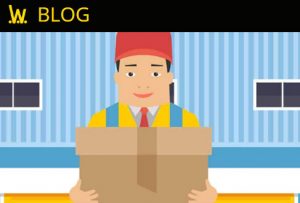 Thank you to the folks at Wonolo (stands for Work. Now. Locally.) for including Logistics Plus in their “Best Ways to Boost Warehouse Productivity” blog post. The most productive warehouses have systems and processes that enable their operations to run like well-oiled machines. But with so many moving parts, fluctuations in demand, increased customer expectations, and other shifting dynamics, boosting productivity in the warehouse setting is often easier said than done. To gain some insight into the productivity-boosting tactics and strategies today’s warehouse operators find most effective, the folks at Wonolo reached out to a panel of warehouse professionals, including LP’s own Patrick Randolph, to ask the question: “What’s the single best way for warehouses to improve productivity?” You can read Patrick’s reply below; or read the full online article here: https://www.wonolo.com/blog/improve-warehouse-productivity/
Thank you to the folks at Wonolo (stands for Work. Now. Locally.) for including Logistics Plus in their “Best Ways to Boost Warehouse Productivity” blog post. The most productive warehouses have systems and processes that enable their operations to run like well-oiled machines. But with so many moving parts, fluctuations in demand, increased customer expectations, and other shifting dynamics, boosting productivity in the warehouse setting is often easier said than done. To gain some insight into the productivity-boosting tactics and strategies today’s warehouse operators find most effective, the folks at Wonolo reached out to a panel of warehouse professionals, including LP’s own Patrick Randolph, to ask the question: “What’s the single best way for warehouses to improve productivity?” You can read Patrick’s reply below; or read the full online article here: https://www.wonolo.com/blog/improve-warehouse-productivity/
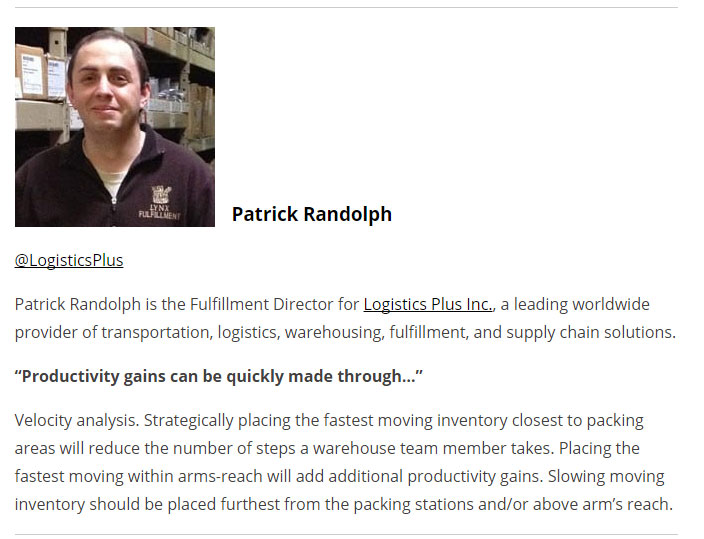

by logisticsplus | Dec 10, 2017 | News
(Check out this online article from LiveMint featuring Sundreysh Sarup, Managing Director for Logistics Plus India)
Like most people, Sundreysh Sarup started running to get fitter and lose weight. He began walking and slow jogging in 2012, and gave himself a year to train for his first half marathon in Delhi in 2013. Since then, he has run about 10 half marathons, as well as a few 10K, runs. Last year, in the Airtel Delhi Half Marathon (ADHM), he achieved his personal best time of 2 hours, 16 minutes for a 21.1km run. The managing director of Logistics Plus Pvt. Ltd is often joined in his runs by his 11-year-old son; they both look on it as father-son bonding time.
Read the online story here:
http://www.livemint.com/Leisure/AIVXetrW9v0ZiC9CHClhGI/Sundreysh-Sarup-Running-helps-me-stay-positive-manage-ange.html





 The
The 

 Check out this slide show with new photographs, taken by
Check out this slide show with new photographs, taken by 